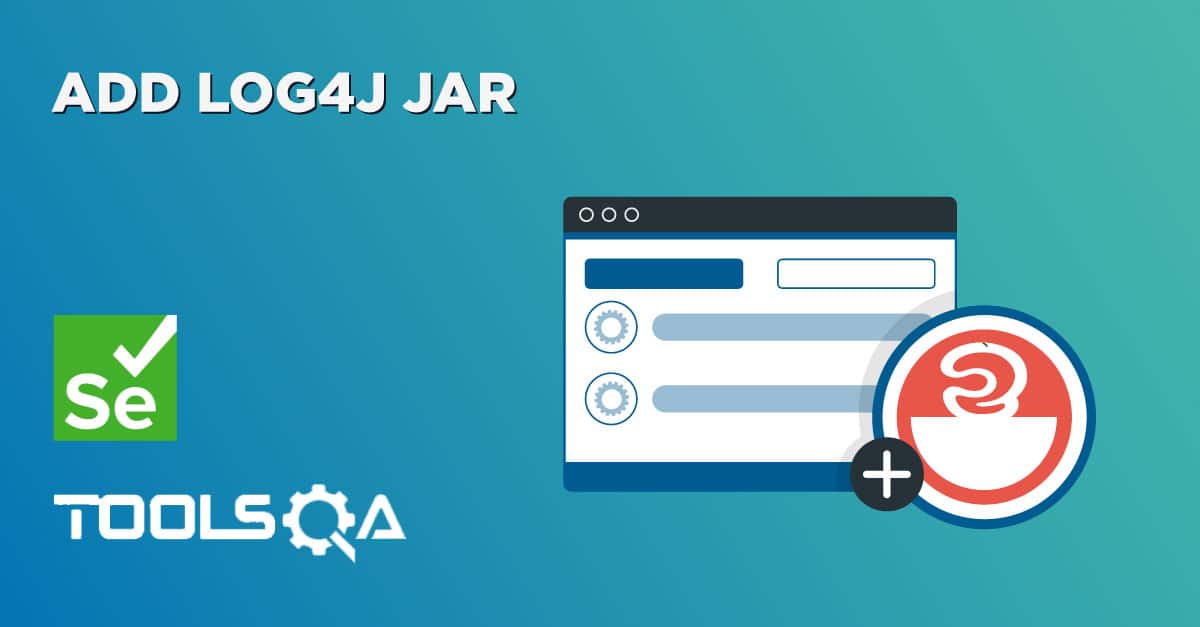Table of Contents
Writing Test Case with Log4j logging
Steps to follow:
- Create a new XML file – log4j.xml and place it under the Project root folder and Paste the following code in the log4j.xml file
<?xml version="1.0" encoding="UTF-8"?>
<!DOCTYPE log4j:configuration SYSTEM "log4j.dtd">
<log4j:configuration xmlns:log4j="https://jakarta.apache.org/log4j/" debug="false">
<appender name="fileAppender" class="org.apache.log4j.FileAppender">
<param name="Threshold" value="INFO" />
<param name="File" value="logfile.log"/>
<layout class="org.apache.log4j.PatternLayout">
<param name="ConversionPattern" value="%d %-5p [%c{1}] %m %n" />
</layout>
</appender>
<root>
<level value="INFO"/>
<appender-ref ref="fileAppender"/>
</root>
</log4j:configuration>
Note: After pasting the code make sure that the code is exactly same, as copying from HTML may change some symbols(“) to (?). 2) Now include logging code in to your test script
package automationFramework;
import java.util.concurrent.TimeUnit;
import org.apache.log4j.Logger;
import org.apache.log4j.xml.DOMConfigurator;
import org.openqa.selenium.By;
import org.openqa.selenium.WebDriver;
import org.openqa.selenium.firefox.FirefoxDriver;
public class Log4j {
private static WebDriver driver;
private static Logger Log = Logger.getLogger(Log4j.class.getName());
public static void main(String[] args) {
DOMConfigurator.configure("log4j.xml");
// Create a new instance of the Firefox driver
driver = new FirefoxDriver();
Log.info("New driver instantiated");
//Put a Implicit wait, this means that any search for elements on the page could take the time the implicit wait is set for before throwing exception
driver.manage().timeouts().implicitlyWait(10, TimeUnit.SECONDS);
Log.info("Implicit wait applied on the driver for 10 seconds");
//Launch the Online Store Website
driver.get("https://www.onlinestore.toolsqa.com");
Log.info("Web application launched");
// Find the element that's ID attribute is 'account'(My Account)
driver.findElement(By.id("account")).click();
Log.info("Click action performed on My Account link");
// Find the element that's ID attribute is 'log' (Username)
// Enter Username on the element found by above desc.
driver.findElement(By.id("log")).sendKeys("testuser_1");
Log.info("Username entered in the Username text box");
// Find the element that's ID attribute is 'pwd' (Password)
// Enter Password on the element found by the above desc.
driver.findElement(By.id("pwd")).sendKeys("Test@123");
Log.info("Password entered in the Password text box");
// Now submit the form. WebDriver will find the form for us from the element
driver.findElement(By.id("login")).click();
Log.info("Click action performed on Submit button");
// Print a Log In message to the screen
System.out.println(" Login Successfully, now it is the time to Log Off buddy.");
// Find the element that's ID attribute is 'account_logout' (Log Out)
driver.findElement(By.id("account_logout"));
Log.info("Click action performed on Log out link");
// Close the driver
driver.quit();
Log.info("Browser closed");
}
}
- Check the output file “logfile.txt”. The output will look like below:
















